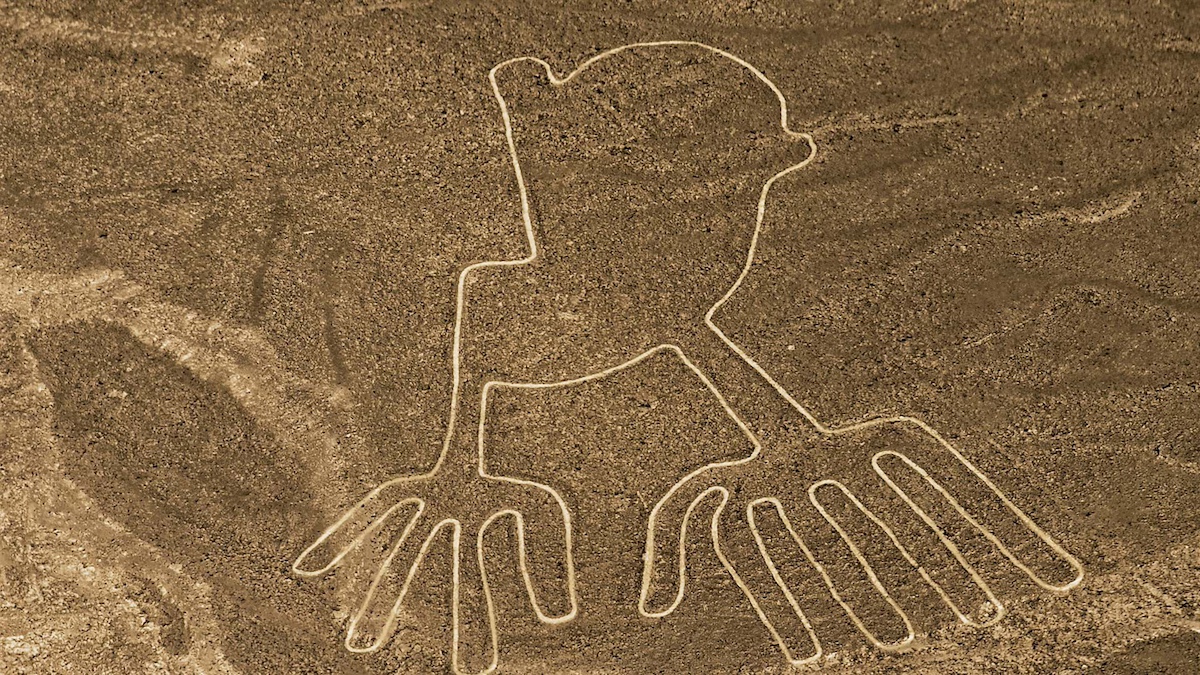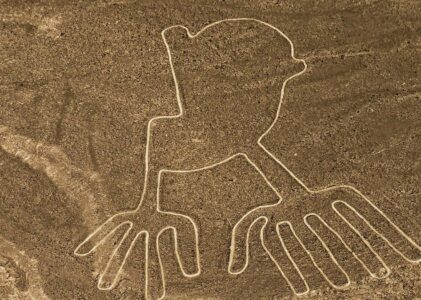Explore the Enigmatic Nazca Lines, a Digital Nomad’s Dream Destination
Are you a digital nomad with a thirst for adventure and a fascination with ancient mysteries? If so, pack your bags and prepare to be captivated by the enigmatic Nasca Lines in Peru. This UNESCO World Heritage site has become a must-visit destination for travelers worldwide. In this comprehensive guide, we’ll delve into why these geoglyphs are so popular, when to plan your visit, a detailed itinerary, transportation options, accommodation suggestions, culinary delights, and even coworking opportunities nearby.
Unveiling the Nasca Lines’ Mysteries
The Nasca Lines, also known as the Nasca Geoglyphs, are a series of ancient geoglyphs etched into the Nazca Desert in southern Peru. These geoglyphs are massive, intricate designs that cover the arid plains, and they have captivated the imagination of people around the world. Here’s a deeper look at what the Nasca Lines are and their possible origins:
What Are the Nasca Lines?
The Nasca Lines consist of various geoglyphs, which are large-scale designs created by removing the reddish-brown iron oxide-coated pebbles that cover the surface of the Nazca Desert and revealing the light-colored earth underneath. These geoglyphs range in complexity from simple geometric shapes to elaborate depictions of animals, plants, and humanoid figures. Some of the designs are so enormous that they can only be fully appreciated from the air.
The geoglyphs are believed to have been created by the ancient Nazca civilization, which thrived in the region between 200 BCE and 600 CE. The purpose of these intricate designs has long been the subject of debate and mystery.
Theories about Their Origin and Purpose
- Astronomical and Calendar Theories: Some researchers believe that the Nasca Lines may have served as an astronomical calendar or observatory. Certain geoglyphs align with the positions of celestial bodies, such as the sun, moon, and stars, during significant events in the Nazca calendar.
- Religious and Ritualistic Theories: Another prevalent theory is that the geoglyphs had religious or ritualistic significance. The Nazca people may have used them in ceremonies or as pathways for processions related to their belief systems.
- Water and Agricultural Theories: Some scientists propose that the Nasca Lines were associated with water and agriculture. The geoglyphs might have been part of a sophisticated water management system, where they marked the locations of underground water sources or aquifers.
- Artistic Expression: It’s also possible that the Nasca Lines were created as forms of artistic expression, showcasing the Nazca culture’s creativity and craftsmanship. The large-scale designs could have served as a way to display their cultural identity.
- Community and Social Cohesion: Some theories suggest that the creation of the Nasca Lines was a communal effort, fostering social cohesion within the Nazca society. The collaborative process of designing and building these geoglyphs might have played a role in uniting the community.
While these theories offer various perspectives on the Nasca Lines’ origins and purpose, the true meaning behind these geoglyphs remains an enduring mystery. Regardless of their purpose, the Nasca Lines stand as a testament to the ingenuity and artistic prowess of the ancient Nazca civilization.
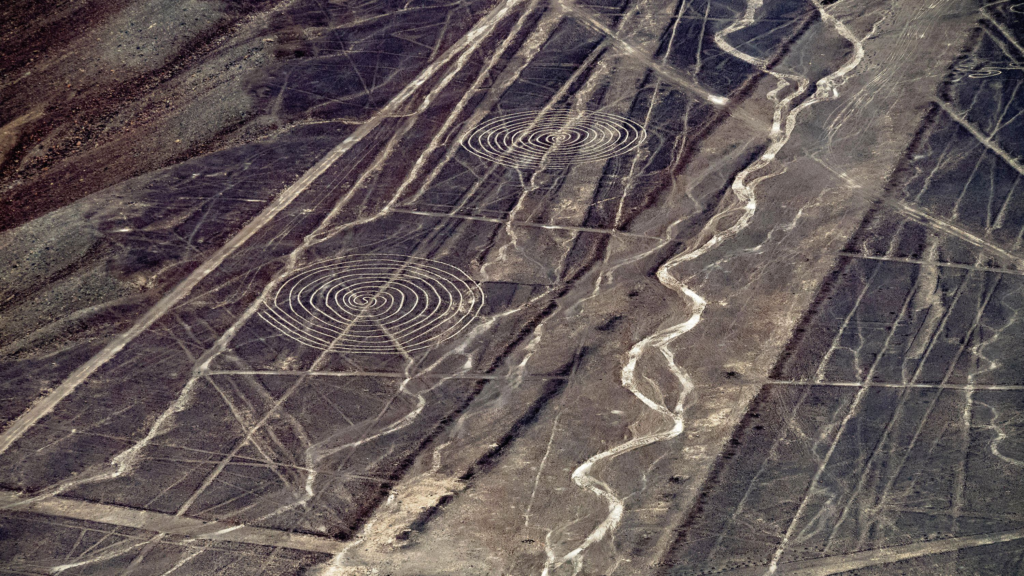
Why it’s become so popular
The Nasca Lines have gained immense popularity for several reasons. First and foremost, their sheer scale and intricate designs astound visitors. The mystery surrounding their creation, with various theories suggesting they served as an astronomical calendar or had ritualistic significance, piques the curiosity of history buffs and adventure seekers alike.
Moreover, the Nasca Lines offer a unique experience, a glimpse into an ancient civilization’s artistry, and an opportunity for modern travelers to connect with the past. Their inclusion on UNESCO’s list of World Heritage Sites has further bolstered their reputation as a must-see destination.
For the digital nomad community, the Nasca Lines present an exciting blend of history, culture, and adventure, making it an ideal location to explore while working remotely.
Choosing the Right Time to Visit
When to Visit
Planning your visit to the Nasca Lines requires careful consideration of the weather and peak tourist seasons. The best time to visit is during the dry season, which runs from May to September. During these months, you can expect clear skies and minimal rainfall, ensuring optimal visibility of the geoglyphs.
Avoid visiting during the wet season, which occurs from December to March, as heavy rains can obscure the Nasca Lines and make certain roads impassable. To make the most of your trip, plan to arrive early in the day to take advantage of the cooler temperatures and fewer crowds.
Crafting Your Nasca Lines Itinerary
Full Itinerary
To truly immerse yourself in the Nasca Lines experience, consider this comprehensive itinerary:
Day 1: Arrival and Acclimatization
- Morning: Arrive in Lima, Peru, and catch a domestic flight to Nasca.
- Afternoon: Check into your accommodation in Nasca and take some time to acclimatize to the altitude. Explore the town’s vibrant markets and savor local cuisine.
Day 2: Nasca Lines Overflight
- Morning: Embark on an unforgettable overflight tour of the Nasca Lines. Witness the intricate designs from the air for a breathtaking perspective.
- Afternoon: Visit the Maria Reiche Museum to learn more about the Nasca Lines’ history and the theories behind their creation.
Day 3: Exploring Nasca
- Morning: Discover the ancient aqueducts of Cantalloc, an engineering marvel built by the Nazca people.
- Afternoon: Visit the Chauchilla Cemetery, an archaeological site showcasing well-preserved mummies and pottery.
Day 4: Nasca’s Surroundings
- Morning: Take a guided tour to the Cahuachi Pyramid, an ancient religious center.
- Afternoon: Explore the Paredones Ruins, an archaeological site offering stunning views of the desert landscape.
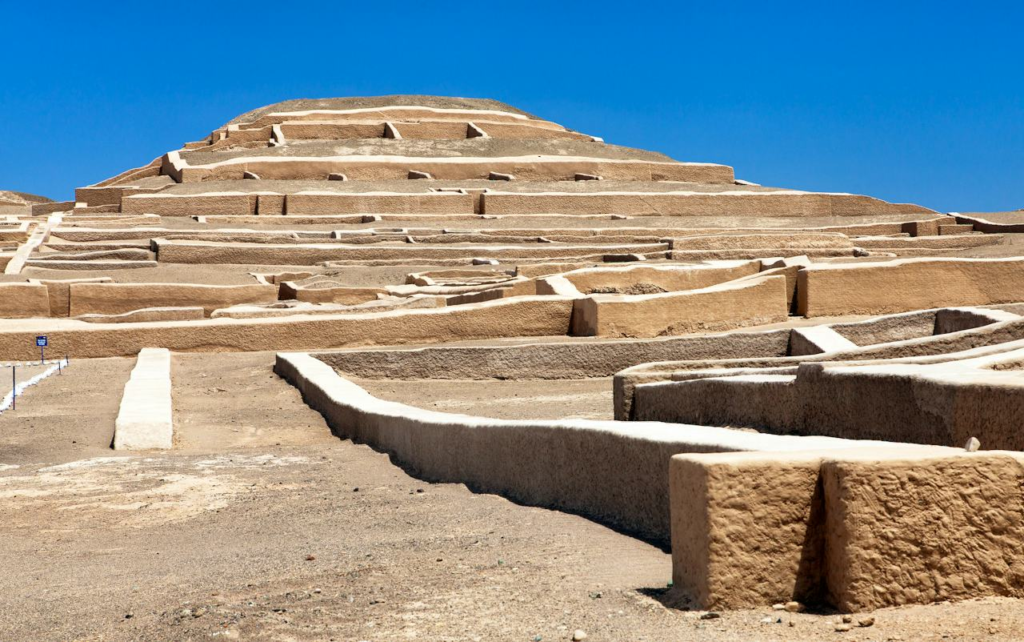
Day 5: Departure
- Morning: Enjoy a leisurely breakfast and take a final stroll through Nasca’s charming streets.
- Afternoon: Depart from Nasca and return to Lima to catch your international flight.
This five-day itinerary ensures you’ll have ample time to experience the Nasca Lines and immerse yourself in the local culture.
Navigating Your Journey to Nasca
How to Get There and How to Get Around
Getting to Nasca
To reach Nasca from Lima, you have several options:
- By Air: The quickest way is to book a domestic flight from Lima to Nasca. Several airlines offer this route, and the flight takes approximately 1.5 hours.
- By Bus: If you prefer ground travel, consider taking a comfortable bus ride from Lima to Nasca. The journey takes around 7 to 8 hours, but it allows you to witness Peru’s diverse landscapes.
Once in Nasca, taxis and local buses are readily available for short-distance transportation within the town.
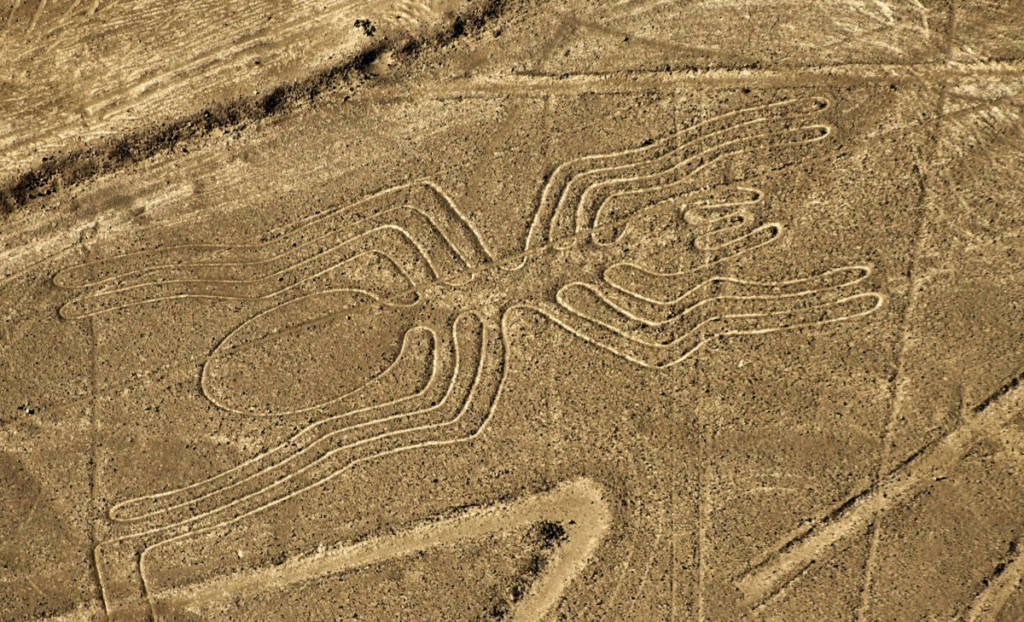
Finding Your Ideal Accommodation
Where to Stay – Examples
Choosing the right place to stay is crucial for an enjoyable Nasca experience. Here are a few accommodation options that cater to various budgets:
Luxury: Nasca Oasis
Nasca Oasis offers upscale comfort and is known for its excellent service. The luxurious amenities and scenic views make it a perfect retreat after a day of exploring the Nasca Lines.
Mid-Range: Nasca Lodge
Nasca Lodge provides a comfortable and convenient stay at an affordable price. Its central location makes it easy to access Nasca’s attractions and restaurants.
Budget: Hostal Nasca Trails
For the budget-conscious traveler, Hostal Nasca Trails offers clean and simple accommodations. It’s a great option for those looking to maximize their Nasca adventure without breaking the bank.
Each of these accommodations offers a unique experience, so choose the one that best suits your preferences and budget.
Savoring the Flavors of Nasca
Where and What to Eat
Exploring the Nasca Lines isn’t just about history; it’s also about savoring the rich flavors of Peruvian cuisine. Here are some must-visit dining spots in Nasca:
El Viejo Alonso
Dine at El Viejo Alonso to indulge in traditional Peruvian dishes like ceviche, lomo saltado, and anticuchos. The restaurant’s welcoming ambiance and delectable cuisine will leave you satisfied and craving for more.
Mercado Central Nasca
For an authentic culinary adventure, visit Mercado Central Nasca. You’ll find a variety of street food stalls offering local specialties like empanadas and chicharrón sandwiches. It’s an excellent place to mingle with locals and immerse yourself in the culture.
La Encantada
La Encantada is perfect for those seeking a vegetarian or vegan option. They offer a diverse menu with plant-based dishes made from fresh, locally sourced ingredients.
Don’t forget to pair your meal with a refreshing glass of chicha morada, a popular Peruvian drink made from purple corn.
Working While in Nasca
Coworking Opportunities or Locations Nearby
As a digital nomad, you may need to balance work with exploration. Fortunately, Nasca offers a few coworking options and spots with reliable internet connectivity:
- Café Nasca: This cozy café provides free Wi-Fi and a tranquil atmosphere, making it an excellent spot for remote work. Enjoy a cup of locally grown coffee as you tackle your tasks.
- Nasca’s Municipal Library: If you prefer a quiet environment, the town’s library offers a peaceful workspace with internet access. It’s an ideal place to concentrate on your work.
- Nasca Lodge: Some accommodations, like Nasca Lodge, provide a designated workspace where you can work comfortably within the premises.
Conclusion
Visiting the Nasca Lines in Peru is a journey back in time, an exploration of ancient mysteries, and an opportunity to embrace the digital nomad lifestyle. From the awe-inspiring geoglyphs to the rich flavors of Peruvian cuisine, Nasca offers an unforgettable experience. Plan your trip during the dry season, follow our comprehensive itinerary, and make the most of your adventure in this remarkable destination.
So, what are you waiting for? Pack your bags, set your sights on the Nasca Lines, and prepare for a journey that combines history, culture, and remote work in one mesmerizing destination.
Start your Nasca adventure now! Visit Nasca Tourism for more information.
